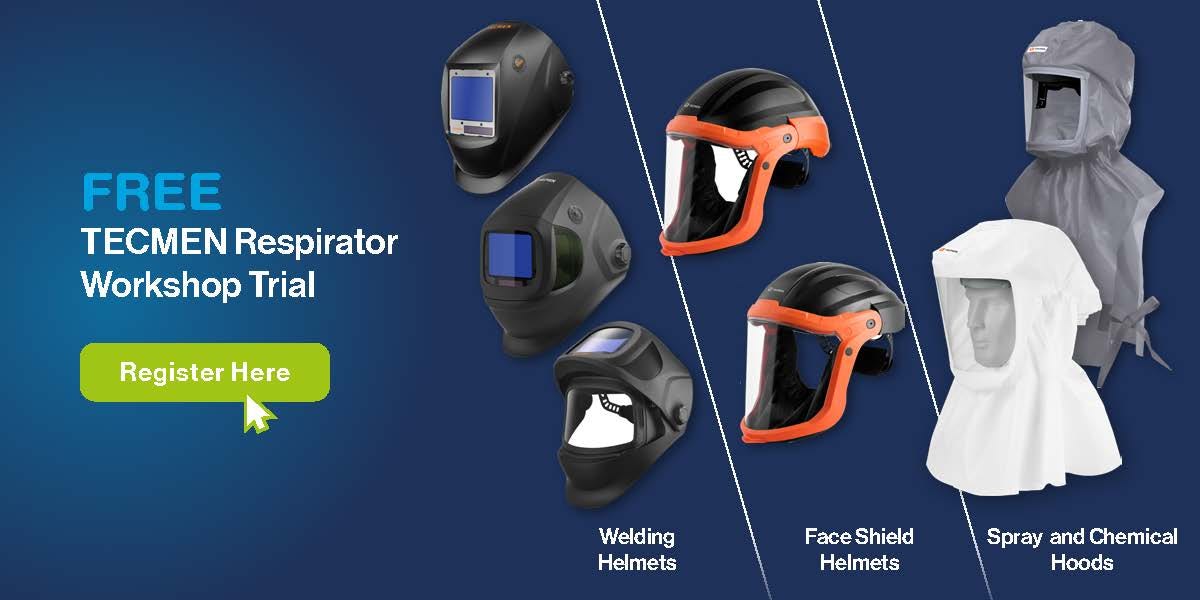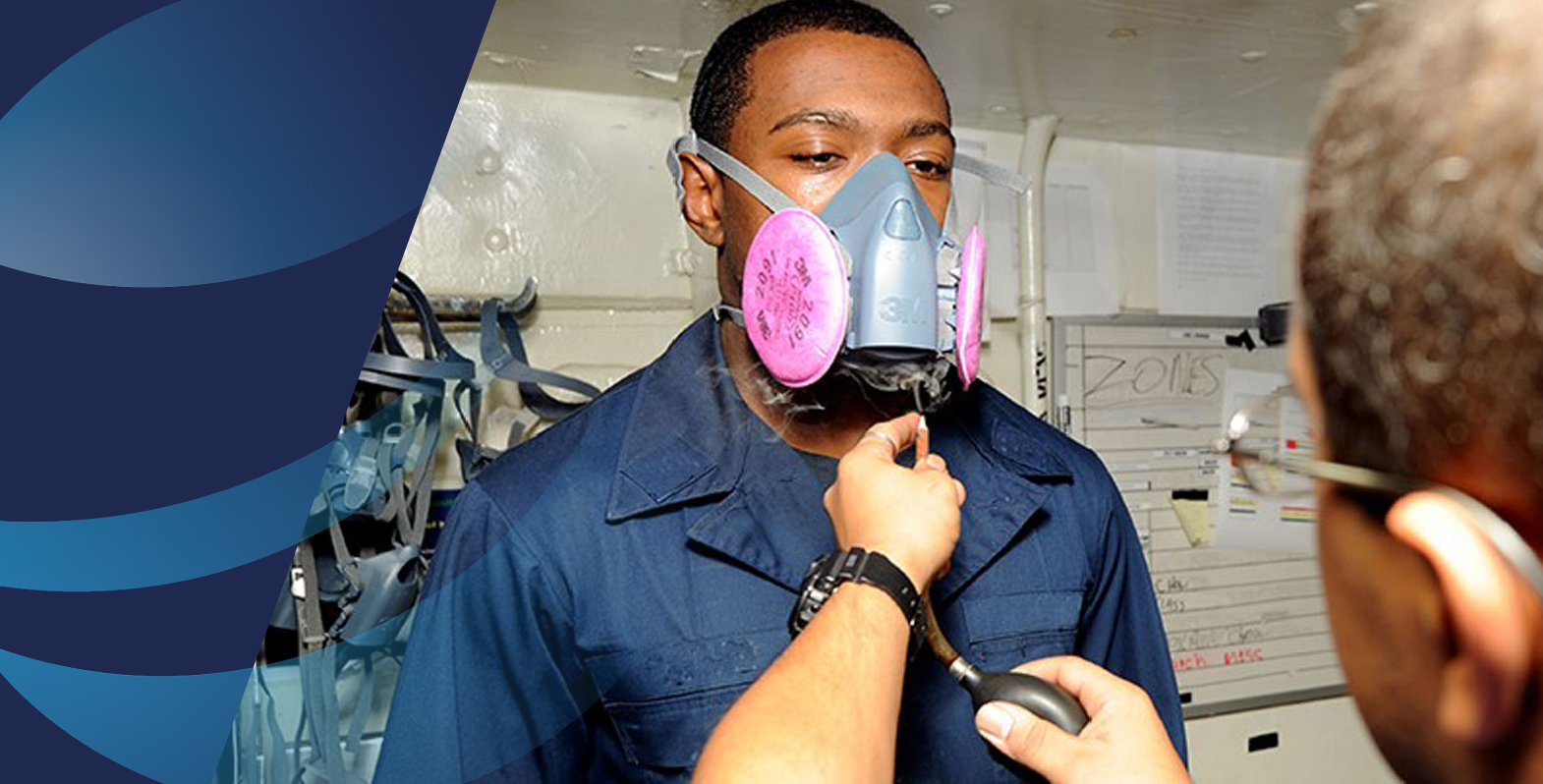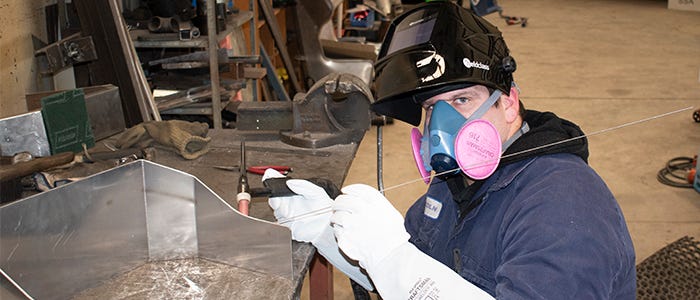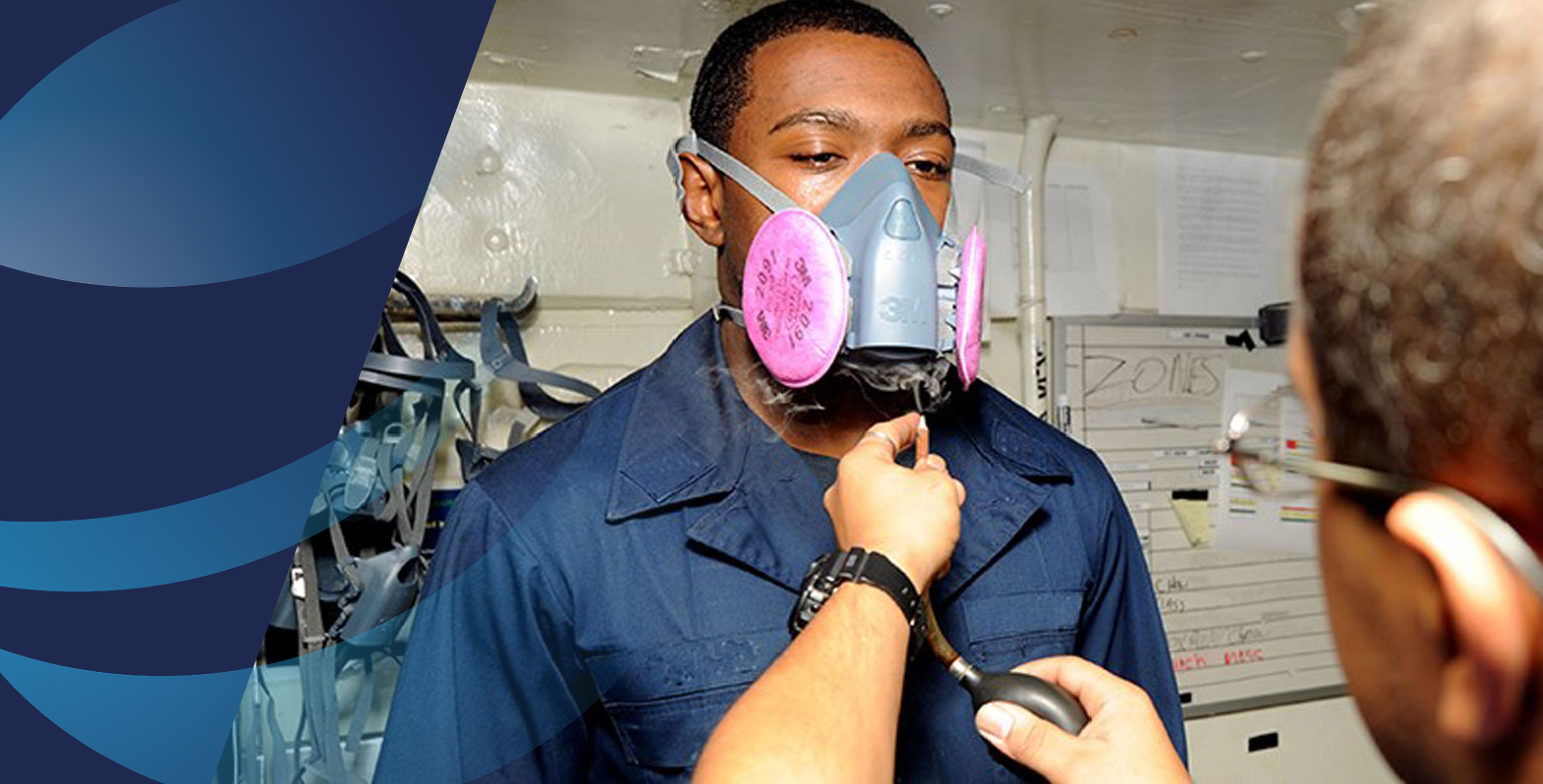The secret to making your respirators last longer...
Want to know the secret to making your respiratory equipment last longer and work better? It's quite simple really. One of those things you probably skimmed over when you pulled that shiny new respirator out of the box and briefly read the instructions, before chucking them back in the box never to be seen again. Sound about right?
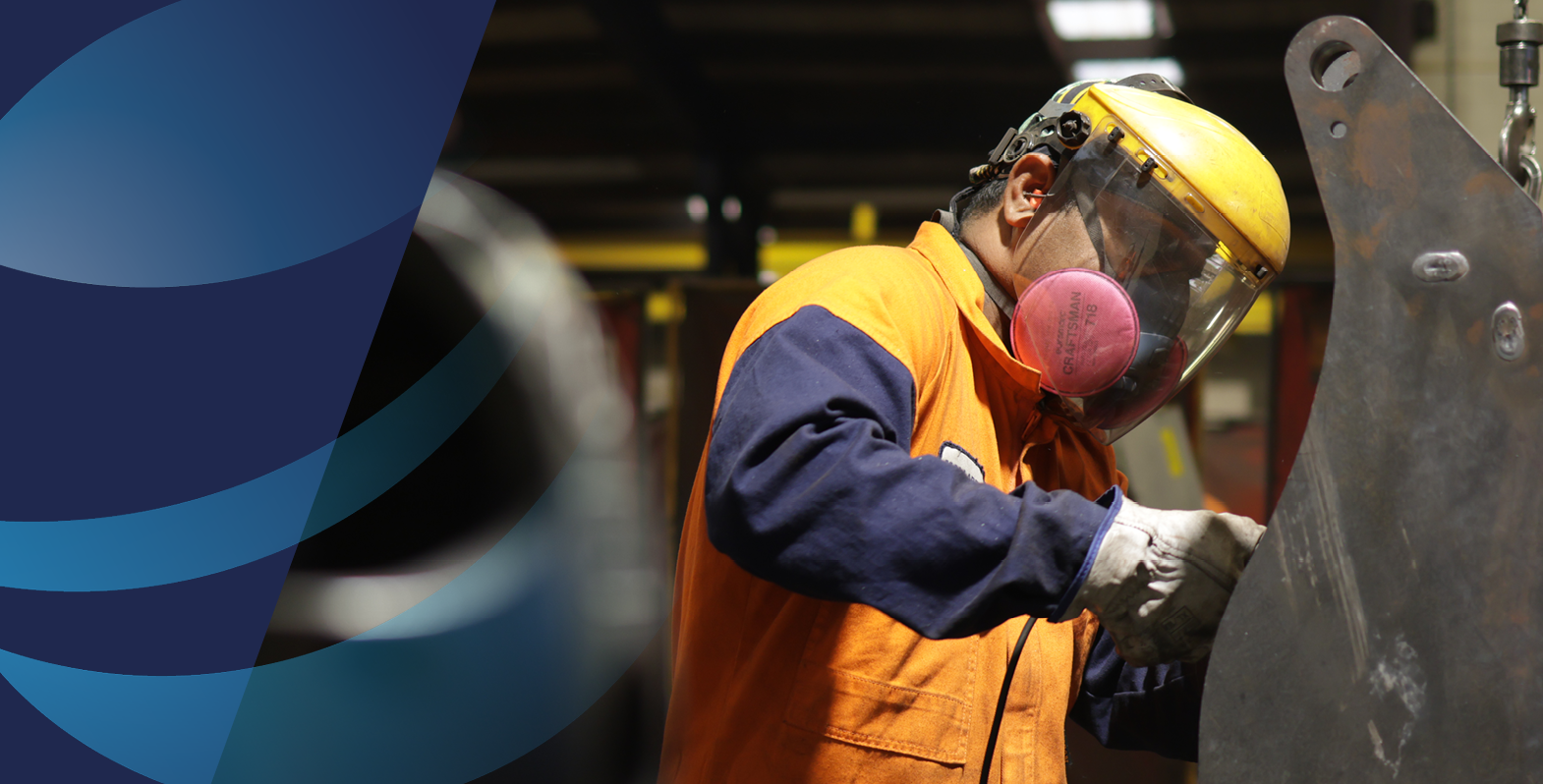
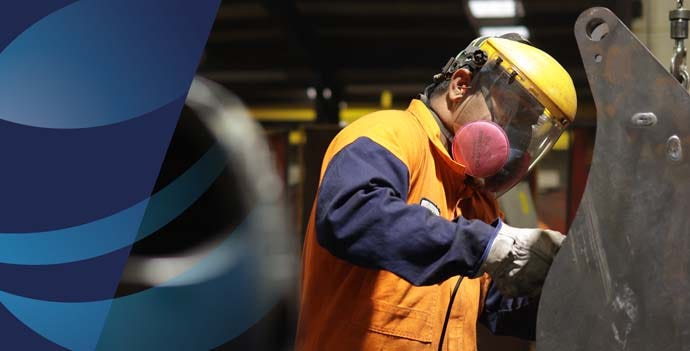
Guessed what we're talking about yet? We're talking about the little section of your information booklet called 'Cleaning and Maintenance'. Not overly exciting, but VERY IMPORTANT if you want to keep your respirator performing better for longer!
Checklist for care of respirators
- Respirators must be inspected before and after each use and during cleaning.
- If any parts are cracked, torn, broken, missing or worn - replace them.
- Always follow the manufacturer's instructions for the care, maintenance, and storage of respirators.
Face-piece
- Make sure there are no holes or tears.
- Check for cracked, scratched or loose-fitting lenses. If you use a full face-piece respirator - check for missing mounting clips.
- For disposable respirators, make sure the metal nose clip forms easily over the bridge of the nose.
- Ensure the face-piece edges are not rippled or distorted.
Why do I need one?
The fact is, toxic fumes and particles can penetrate even the tiniest gap between your face and the RPE. If this happens, the effectiveness of the RPE is drastically reduced. According to WorkSafe guidelines it is an employer's duty to ensure all workers are fit tested at least annually, and also if there have been any significant changes to the wearer's face.
Head strap/harness
- Inspect the webbing for breaks.
- Check for deterioration of elasticity or fraying edges.
- Test excessively worn head harness.
Inhalation and exhalation valves
- Remove any dust particles and dirt on or around the valve and valve seat as they can cause a poor seal and/or reduce efficiency.
- Replace any missing or defective valve covers.
Filter elements
- Only use filters and masks that are certified for use together.
- Always make sure you are using a filter that is approved for the hazards for your job.
- Check the filter threads and face-piece threads for wear, and make sure they are screwed together properly, and there is no cross threading.
- Inspect the filter housing for cracks or dents.
- Check the expiration date and end of service life indicator for gas masks.
Air supply system
- Look for any breaks, cracks, or kinks in the air-supply hose and end-fitting attachments.
- Test the tightness of connections.
- Make sure all regulators, valves or other airflow devices are operating properly and in good condition.
- Monitor the operation of air-purifying elements and carbon monoxide or high-temperature alarms.
- Inspect seams for rips and tears.
- Make sure protective screens are intact and fit correctly over the face-piece on abrasive blasting hoods and blouses.
Respiratory battery pack
- Always follow the manufacturer's instructions for charging/discharging.
- If you're re-charging nickel-cadmium (NiCad) batteries, make sure they are fully discharged with a discharger designed for those batteries before re-charging. If this is not done regularly, the NiCad batteries may not provide power for as long as the specifications state.
- Make sure the batteries are fully charged before using them.
Repair, cleaning and storage
- Never clean using solvents.
- Always follow the manufacturer's instructions.
- Use a mild dish detergent or a combination of detergent and disinfectant to wash with a brush and warm water (49-60ºC).
- Either rinse with clean water, or disinfect first, then rinse with clean water. This will remove excess detergent or disinfectant that can cause skin irritation.
- Leave to air dry on a rack or clean surface, ensuring the respirator is positioned so the face-piece rubber will not "set" crookedly as it dries.
- The respirator must always be stored in a clean place after cleaning at the end of the shift to protect it from dust, sunlight, heat, extreme cold, excessive moisture, and chemicals. Never store a dirty respirator in the storage area as this will contaminate it.
- Filters should be stored in an air tight container. This prevents additional wearing of the filter from air exposure when not in use.
- Only trained and qualified personnel should be allowed to repair respirators.
- Never mix spare parts from different manufacturers as these may fit together differently and not have the same protection. It could also void any warranties.
- Keep a record of any repairs and inspections.
- Remove dirt.
- Check for distortion caused by improper storage.
Woah, that felt like a lot of instructions! It's not really, just a routine you need to get used to as part of your job. Or if you're really lucky, there might be someone who does it for you - but let's face it, not many of us are lucky enough to have an assistant...
Already do all these things? Great! Your respirators should be lasting and performing much longer than those that don't. If not, there might be another issue. You could be using the wrong respirator - bad fit or quality. Chat with us and we'll see if we can find you a solution!
 Need assistance?
Need assistance?
